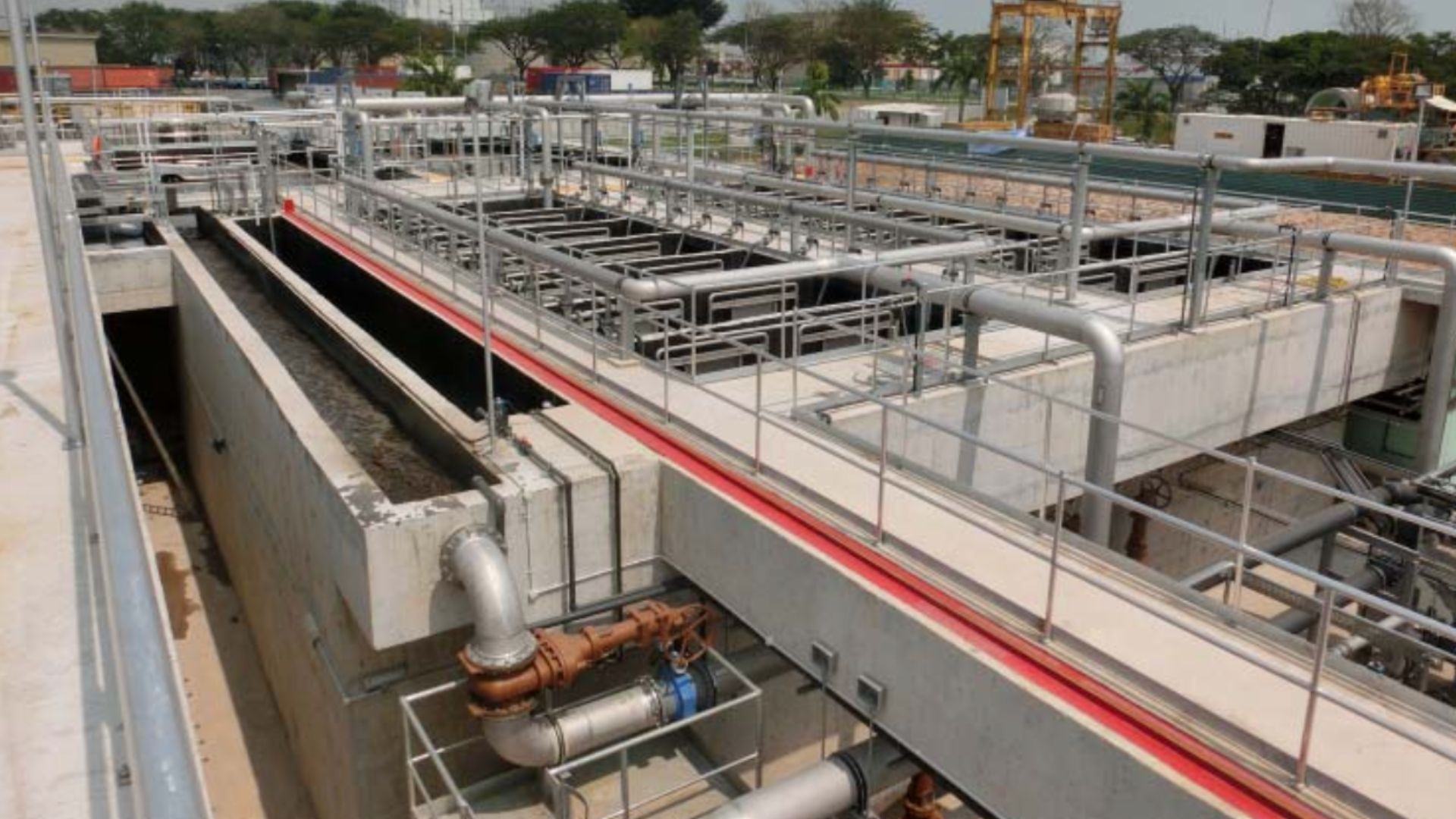How to Optimize Aeration at MBR Plants

This article was originally published by KLa Systems, an Integrated Water Services company. It is appearing here as the second in a three-part series on water aeration. Read Part I here and Part II here.
Membrane bioreactor (MBR) plants are found all around the world, serving as a go-to method for treating wastewater through a combination of processes. But as this technology gains popularity, operations must contend with the inherent aeration problems it presents.
In this Q&A, we covered the ins and outs of MBR, the operational challenges that this approach presents, and the best ways to overcome them.
What is an MBR plant? What differentiates this technology from other forms of wastewater treatment?
An MBR is essentially a version of the activated sludge (AS) system. While the AS process utilizes a gravity clarifier for solids separation, an MBR uses a membrane for this function. This provides a number of advantages relating to plant footprint, process control, and water quality.
What type of industrial treatment operation is ideal for utilizing MBR?
The main driver for the MBR process is the potential for water reuse. Aerobic MBR plants are typically used in low flow, high organic concentration factory effluents, either as stand-alone plants or following an anaerobic reactor which may also incorporate membrane separation.
Why is aeration a fundamental part of MBR wastewater treatment?
Like all aerobic processes the MBR requires an aeration system to mix and provide oxygen to the microorganisms. The aeration challenge in MBR plants is twofold. First, you need to meet a high oxygen demand in a very tight plant footprint and, secondly, the aeration system needs to be able to mix and transfer oxygen in a microbial concentration that is three to five times greater than a typical AS process.
How does the KLa Slot Injector aeration system work? What makes it different from other aeration technologies on the market?
The Slot Injector aerator is similar to a conventional jet aerator but uses a unique geometrical nozzle configuration and can dissolve equivalent gas volumes with significantly less motive liquid pumping. This results in smaller and/or fewer pump stations. It also differentiates itself by what we call “dual flow control” with the capability to use dissolved oxygen (DO) feedback to variable frequency drive (VFD) controlled pumps and blowers for improved process control and optimum energy management.
What are the operational challenges typically associated with aeration at MBR plants?
They are often related to foam formation due to the presence of high concentrations of extracellular polymeric substances (EPS). Typically, when running at high mixed liquor suspended solids (MLSS) concentrations, EPS can cause excessive foaming, and the addition of chemical agents for fighting foam and/or polymers for improving solids separation can present challenges. Under these conditions, the addition of antifoam or defoamer can reduce oxygen transfer rates by more than 50 percent, and over a period of time with low dissolved oxygen levels, the biomass changes and becomes more difficult to separate through the membranes.
If a customer overdoses with polymer to enhance solids separation, the biomass can become extremely viscous making it even more difficult to transfer oxygen. This has been a challenge for us from time to time, but fortunately we have tested enough of the commercially available antifoams so we have a database identifying those agents that are oxygen transfer neutral. Once we solved the antifoam issue, the need for a polymer addition goes away, and customers who have followed our recommendations have have followed our recommendations have quickly returned their plants to optimal conditions.
Why is KLa’s Slot Injector aeration system ideal for MBR plants? How do the benefits of the technology and needs of these operations sync up?
Slot Injector aeration technology is ideal for MBR processes as it offers high oxygen transfer rates in the concentrated biomass environment of the MBR. Other important features include flexible operation using DO feedback to VFD-controlled pumps and blowers for improved process control and optimum aeration efficiency, superior mixing at high MLSS concentrations, the injectors and piping system being fabricated of highly corrosion-resistant polypropylene, fiberglass reinforced polypropylene, fiberglass reinforced plastic and stainless steel, and the fact that the injectors can be cleaned out using our airlift backflush system without the need to take the basin out of service. Inner and outer injectors are also removable for addressing clogging issues that cannot be resolved with the backflush operation.
What types of pretreatment requirements are there for utilizing the Slot Injector aeration system at MBR plants?
Fortunately, the requirement for very fine screening (i.e. 1 mm openings) to protect the membrane separation system exceeds what is required for the Slot Injector system, so they are well suited together. The injectors would require modern fine screening (i.e., 3 to 6 mm openings) in a conventional AS plant.
How many MBR plants utilize this aeration system? What can you share about the success they have found?
We have 33 MBR aeration systems operating in the U.S. and U.K., and the Slot Injector technology has been found to be a very reliable mixing and oxygen transfer system for MBR applications.
Want to learn more? Read some of our recent articles:
Sign up for the Integrated Water Services newsletter below. We share important perspectives and news on MBR wastewater treatment every two weeks.
Want to learn more? Read some of our similar articles:
Sign up for the
Integrated Water Services newsletter.
We share important perspectives and news on MBR wastewater treatment every two weeks.


